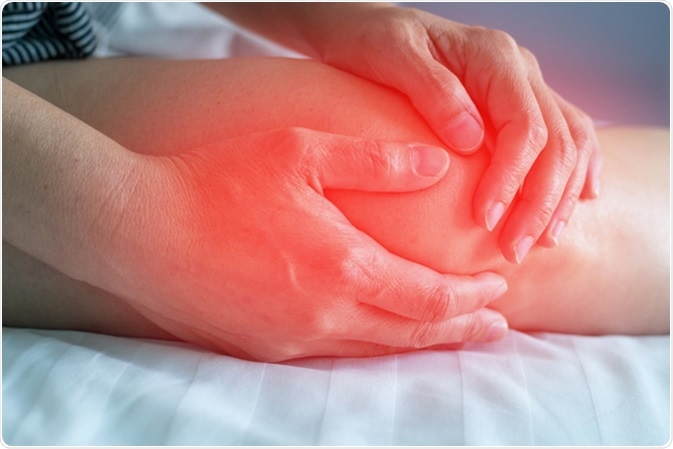Launching 1st March 2023. Also check out: https://www.thailandmedical.news/
The patellofemoral pain syndrome (PFPS) is a condition characterized typically by anterior knee pain. It is difficult to define it precisely, but it is more commonly seen in runners, jumpers and sportsmen whose occupation involves these activities, for which reason it is also called runner’s knee, with other names being patellofemoral arthralgia, patellar pain, and chondromalacia patella. The incidence may be about 10% in adolescent runners, and about 22/1,000 in the general population, with a 2:1 female to male ratio.

The knee joint is a complex structure, consisting of the patella, the femur’s anterior and distal end, the articular surfaces and the supporting ligaments, tendons and muscles. The patella is a sesamoid bone, and the major part of the posterior surface is covered by cartilage which may be 5 mm thick. This is the thickest cartilage to be found in the human body.
The patella acts as a fulcrum to increase leverage in the common quadriceps tendon by half, as well as protecting the anterior knee joint from trauma. It is stabilized while remaining highly mobile by its shape, the bone behind it, and the peripatellar fibrous retinaculum, as well as the many muscles which insert on and around it.
The symptoms usually begin with a dull ache over the front of the knee. The pain worsens with walking up or down stairs, squatting, sitting with the knees flexed for a long time, or kneeling. Crepitus is also often present, as well as feeling of giving way due to pain (rather than due to ligamentous instability). The symptoms may typically be severe enough to prevent participation in competitive sports.
What causes PFPS is not yet clear, but some factors that contribute to it include:
Many researchers have put forward classification systems of PFPS based on radiology and the extent of injury to the patellar cartilage or the position of the patella, and so clinical classification is difficult. The Holmes and Clancy system allows various pathologies to be classified more easily, and is particularly useful in PFPS caused by maltracking of the patella over the femoral trochlea.
A comprehensive program for the treatment of PFPS includes building strength and flexibility, improving proprioception and training for endurance and knee function, while gradually increasing the load on the knee.
Adjusted activity is another essential component, which means that the patient stops those activities that induce the pain until it is resolved. Meanwhile, swimming is a good option, and weight reduction is indicated in overweight patients to avoid overloading the knee.
Surgery is rarely required, with improvement occurring in almost all patients with time, but the availability of standardized information and a stepwise training program, along with adjusted activity and pain monitoring, help PFPS patients to recover from symptoms. The process is slow but almost always ends in improvement.